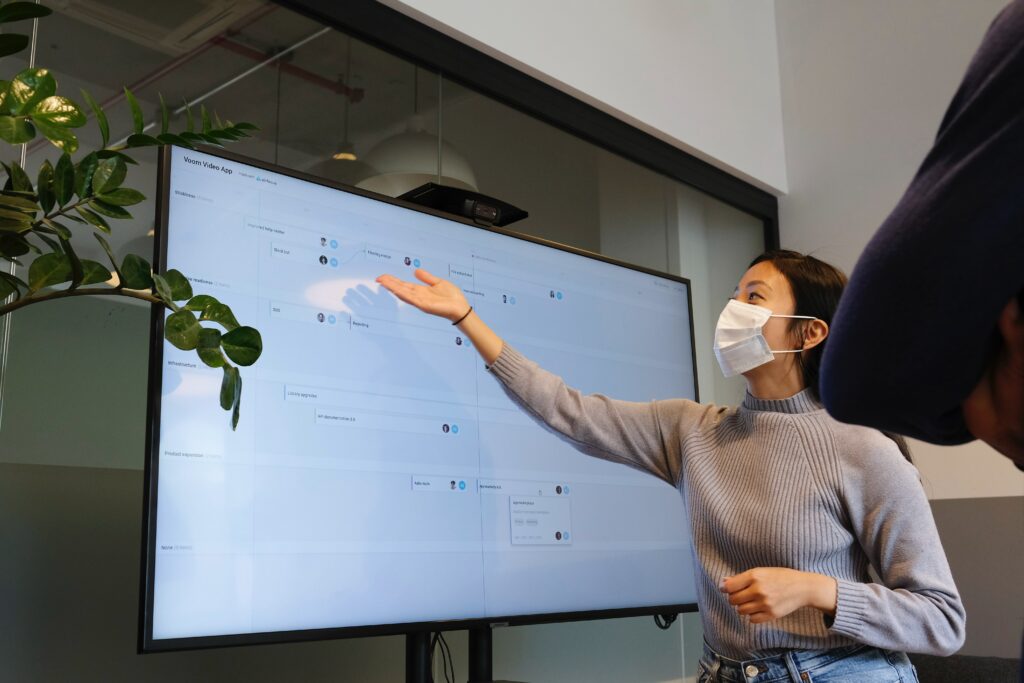I really enjoyed your instructional screencast video on how to add third-party subtitles on Netflix. Not only is it clear to me that you have an exceptional understanding of this topic, your video is very helpful for people who didn’t know about this website and now are able to practice multimedia principles on Netflix. (Myself included!)
I also like how you included a personal example when explaining how important the pre-training principle is. I wonder if incorporating signaling principles such as highlighting or bolding important words or information would be helpful so readers can direct their attention even more.
Altogether, I like the layout of your blog and how organized it is. I look forward to reading more of your blogs this semester!
Click here to see AdamR’s Blog

Photo by Mollie Sivaram on Unsplash





Recent Comments